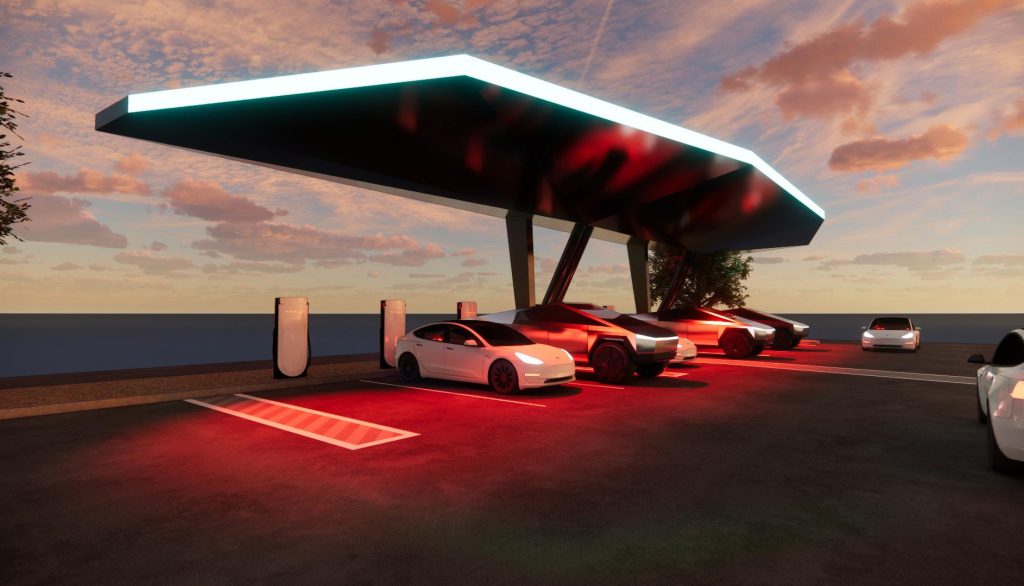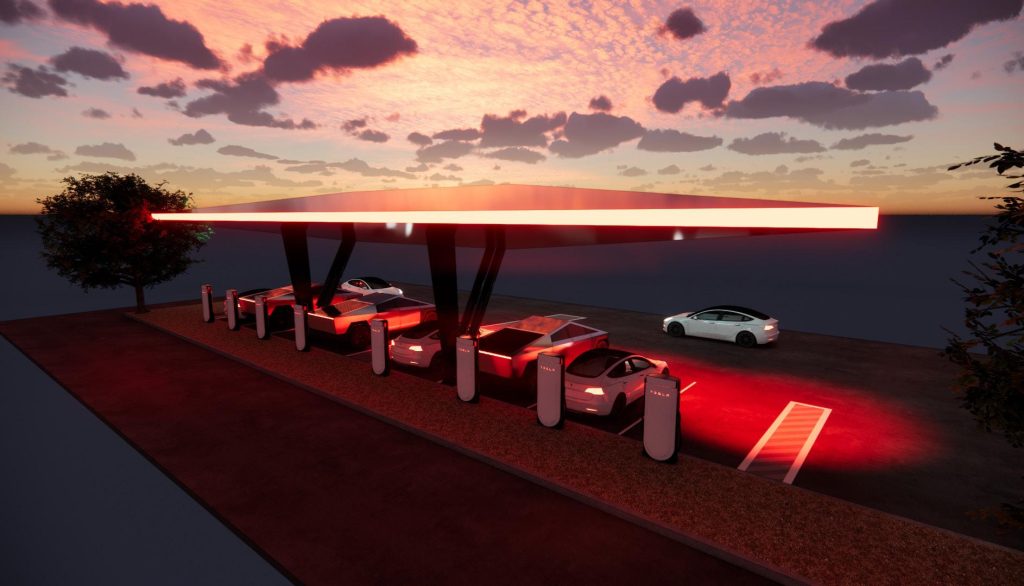News
First Tesla Autopilot crash in China causes controversy
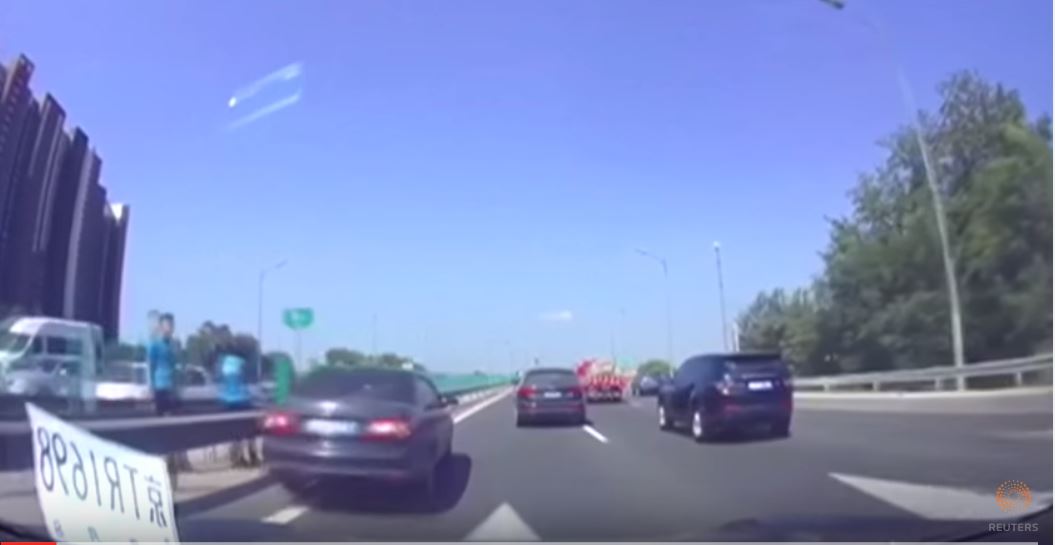
The first crash in China involving a Tesla operating in Autopilot mode occurred last week. Luo Zhen, a 33-year old programmer, says he was driving to work on the highway using Autopilot when his car struck a disabled vehicle stopped half in the left lane and half in the breakdown lane. The collision sheared off the driver’s side mirror and caused exterior damage to both cars. There were no injuries reported.
The accident is eerily similar to one that happened earlier this year to a motorist in Europe whose Tesla struck the rear of a disabled van on the highway. Tesla confirms the car was in Autopilot mode at the time, but says Luo did not have a hand on the wheel at the time.
“The driver of the Tesla, whose hands were not detected on the steering wheel, did not steer to avoid the parked car and instead scraped against its side,” a Tesla spokeswoman said in an email to Reuters. “As clearly communicated to the driver in the vehicle, autosteer is an assist feature that requires the driver to keep his hands on the steering wheel at all times, to always maintain control and responsibility for the vehicle, and to be prepared to take over at any time.”
Luo, sees things differently. He says the warnings and restrictions referred to by the Tesla representative were not clearly communicated to him at all. He claims the sales staff at the store where he bought his car told him the car was “self driving.” He told Reuters, “The impression they give everyone is that this is self-driving, this isn’t assisted driving.”
Reuters interviewed four other Tesla owners in Beijing, Guangzhou, and Shanghai. All of them reported that Tesla’s sales staff described the Autopilot system to them as “self driving,” not as an advanced driver assistance system. They all claim that Tesla salespeople all removed their hands from the wheel during test drives. Chinese law currently requires all drivers to keep two hands n the wheel at all times.
Language issues may be to blame for the confusion. “We have never described autopilot as an autonomous technology or a ‘self-driving car,’ and any third-party descriptions to this effect are not accurate,” a Tesla spokeswoman said. But on Tesla’s Chinese website, it uses the phrase “zidong jiashi” several times. That phrase literally means “self driving.” It is also the term used to describe auto pilot systems used by airplane pilots.
Unhappy with Tesla’s response to his accident. Luo posted the video from his dash cam on Chinese social media platform Weibo. He says he had been using his car and its Autopilot feature for about a month. He admits he was checking his phone or watching his car’s navigation screen at the time of the accident and only looked up every few seconds.
Luo blames Tesla’s hard sell about what Autpilot can do for his behavior. “They use this immature technology as a sales and promotion tactic, but they don’t take responsibility for the safety of the function,” he says.
Despite Tesla’s protestations that it is not responsible, it appears its sales staff is saying one thing while the company is saying another. Even the local Tesla website may be misleading people. It will need to solve is communication issues quickly if it wants to avoid negative publicity in the hugely important Chinese market.

Elon Musk
Tesla is building a new UFO-inspired Supercharger in the heart of Alien country
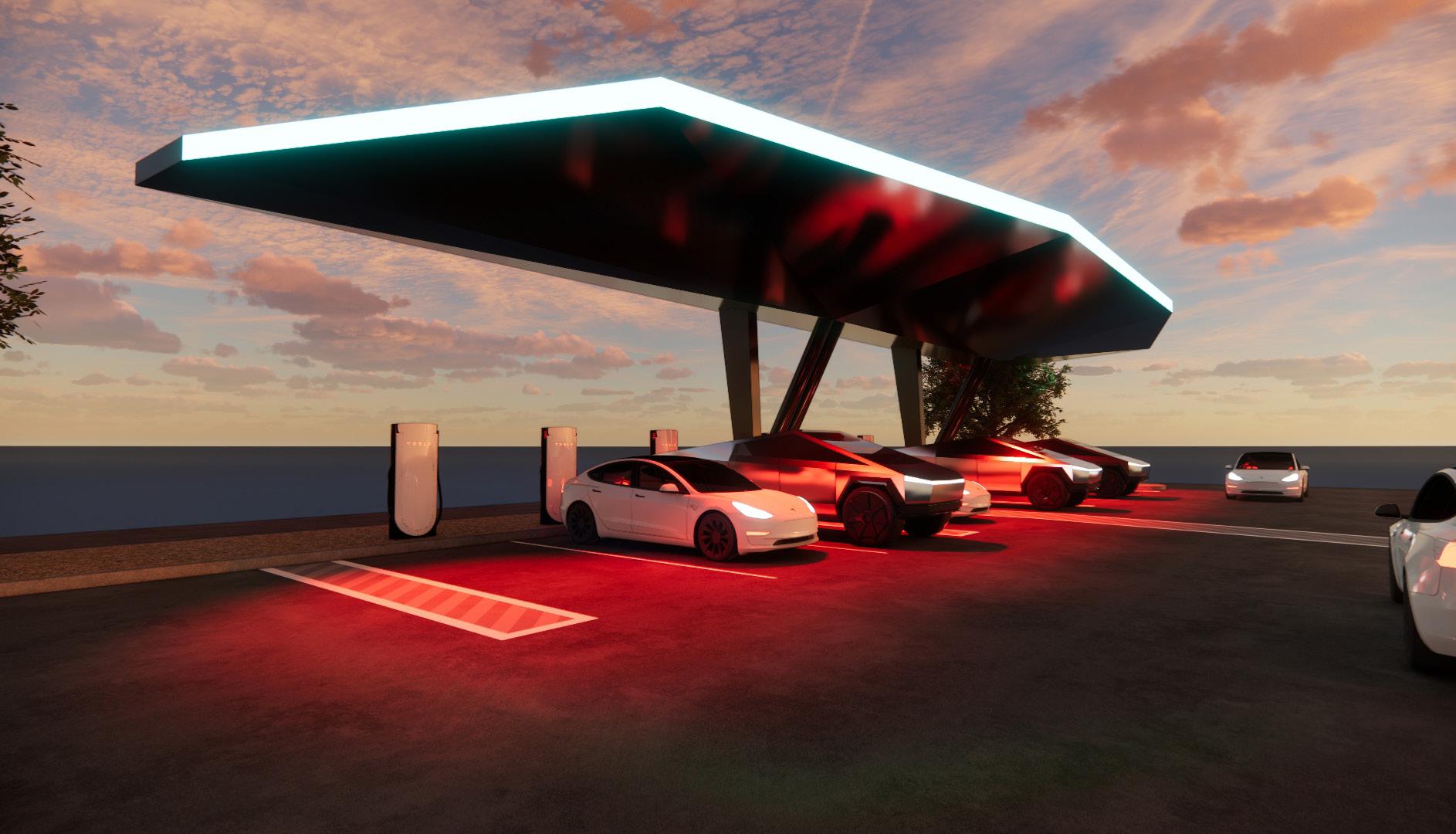
Tesla is planning to build a new UFO-inspired Supercharger in the heart of Alien country — Roswell, New Mexico.
Back in 1947, a crash of debris led to rumors of an alleged crash of a UFO just 75 miles north of Roswell near Corona, New Mexico. The crash was officially noted as the recovery of a military balloon, but over the years, speculation persists that the “flying disc” many saw might have been extraterrestrials trying to make contact with Earth.
As a result of the 1947 crash, Roswell has adopted it and used it as the inspiration for much of its tourism. As Tesla is planning to build a Supercharger in the area, it is using the same sort of inspiration for the location, which will feature just eight charging stalls located under a CyberCanopy.
It was first spotted by MarcoRP, a noted Supercharger permit insider:
A new Supercharger is coming soon to Roswell, New Mexico!!
Tesla is currently planning a Cyber-UFO themed station at the Whataburger on N Main St.
The site will feature 8 charging stalls, located under a CyberCanopy with RGB fixtures and a 20.88kW solar array. pic.twitter.com/4BOyM1iuTx
— MarcoRP (@MarcoRPi1) April 2, 2025
Here are some better pictures of the design:
- Credit: MarcoRP | X
- Credit: MarcoRP | X
Tesla’s Head of Charging for North America, Max de Zegher, confirmed that the site will be inspired by the events near Roswell in 1947. He noted that Tesla “wants to build a few Superchargers cool enough to be worth of the trip itself.”
This will undoubtedly be one of those locations, and along with the Tesla Drive-in Diner Supercharger in Santa Monica, it seems the company could be moving toward some more unique designs for the future, making the charging experience more fun and interesting for owners:
We want to build a few Superchargers cool enough to be worthy of the trip itself. Wish we could have kept it under wraps for longer, but submittal was needed for Planning Approval. We can’t hide anything from @MarcoRPi1! 🙂 pic.twitter.com/X2WaKDd408
— Max de Zegher (@MdeZegher) April 2, 2025
Elon Musk
This Tesla vandal caused thousands in damage, but she was let off the hook: Here’s why
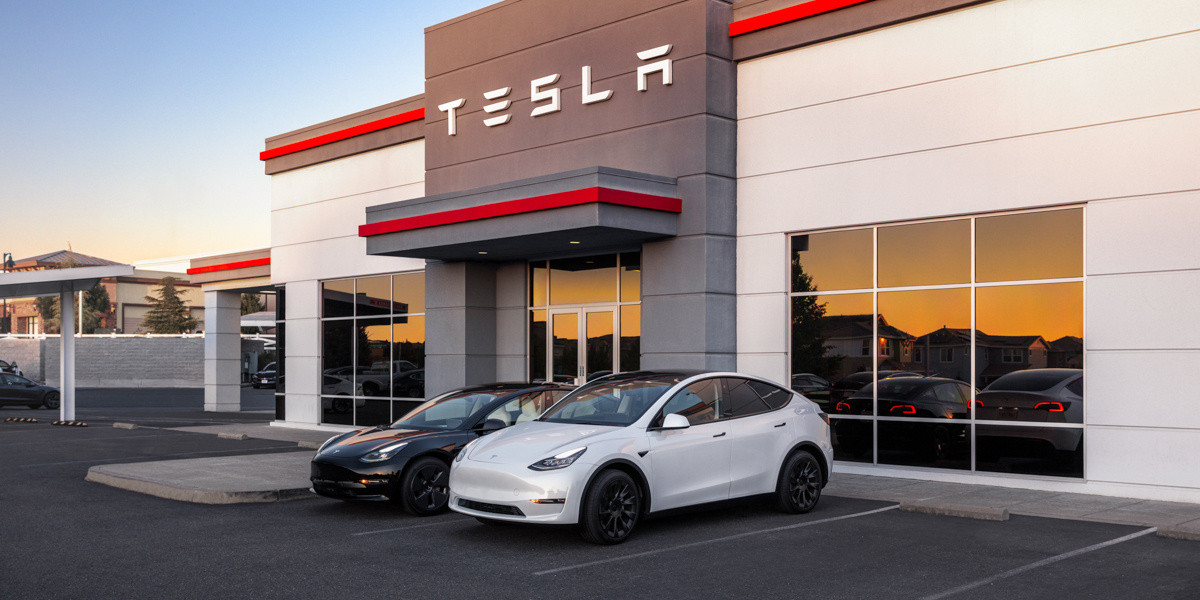
A Tesla vandal in Bloomington, Minnesota, caused $3,200 in damages to a car after keying it. However, the local police department, as well as the owner of the Tesla, let her off the hook.
As a Tesla sat in the parking lot of a Cub Foods grocery store, it was damaged in an act of vandalism that we are unfortunately seeing all too frequently. Police managed to locate the woman responsible for the damage, aiming to hold her responsible for the scrapes she applied to the vehicle.
However, in an act that many might not be able to perform, the owner of the Tesla did not want to pursue any criminal charges. Instead, they just wanted their car fixed.
Police Chief Booker Hodges said (via Minnesota Star Tribune):
“The victim in this case just wanted their car fixed, and they just wanted the suspect to pay for that. Based on the totality of the circumstances here, and along with our core value of being compassionate, this is the best outcome for everybody involved in this case.”
It was an incredible act of forgiveness, as many of those who have had their Teslas damaged in response to CEO Elon Musk likely would not have been able to do the same thing. One person who had their vehicle keyed filed a civil lawsuit against the vandal, who damaged their car while it was parked at Dallas-Fort Worth International Airport, seeking $1 million in damages.
Chief Hodges finished his remarks about this specific situation by calling out the leaders who have spread a hateful narrative about Musk and Tesla, and the company’s vehicle owners as well:
“We need our leaders to start leading and stop feeding this rhetoric. People should be able to drive whatever car they want without fear of going into a store and someone scratching their car or people yelling at them because of the car that … they choose to drive. It’s time for all of us, you know, just to start getting along and knock this stuff off, man. People should be able to be left alone.”
While Chief Hodges did not mention anyone specifically, Minnesota politician and former VP candidate Tim Walz said earlier this month that he “gets a boost” when Tesla stock falls. He later retracted his statement by stating it was just a joke.
News
Tesla Model Y tops Norway sales despite low Q1 delivery results
The new Model Y ended March as Norway’s top-selling vehicle for the month, with 1,819 units sold.
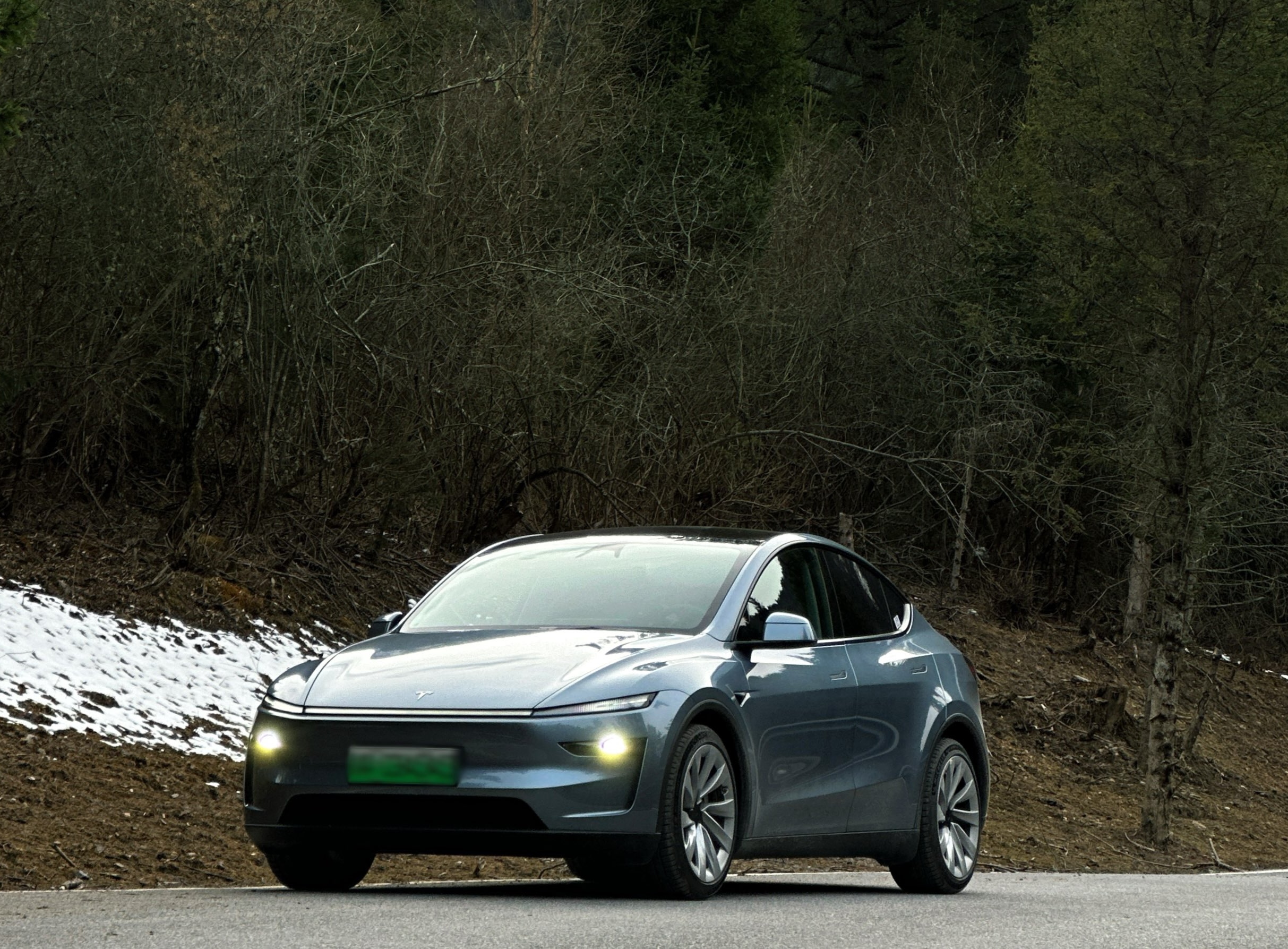
Tesla did not meet delivery expectations in the first quarter of 2025, and a huge reason behind this was the changeover to the new Model Y in Giga Texas, the Fremont Factory, Giga Shanghai, and Giga Berlin.
Despite Tesla’s disappointing Q1 vehicle delivery results, the new Model Y still made a significant impact in key markets such as Norway.
The new Model Y’s Norway Comeback
While sales of the new Model Y in January and February were low in Norway, the vehicle saw a lot of momentum as soon as deliveries of the updated all-electric crossover started. This resulted in the new Model Y ending March 2025 as Norway’s top-selling vehicle for the month, with 1,819 units sold.
Over the course of Q1 2025, Tesla was able to sell a total of 2,792 Model Y units. That was enough to also make the all-electric crossover Norway’s best-selling vehicle in the first quarter. This is quite an impressive feat for Tesla, especially since sales were throttled during the quarter due to the company’s changeover to the new Model Y.
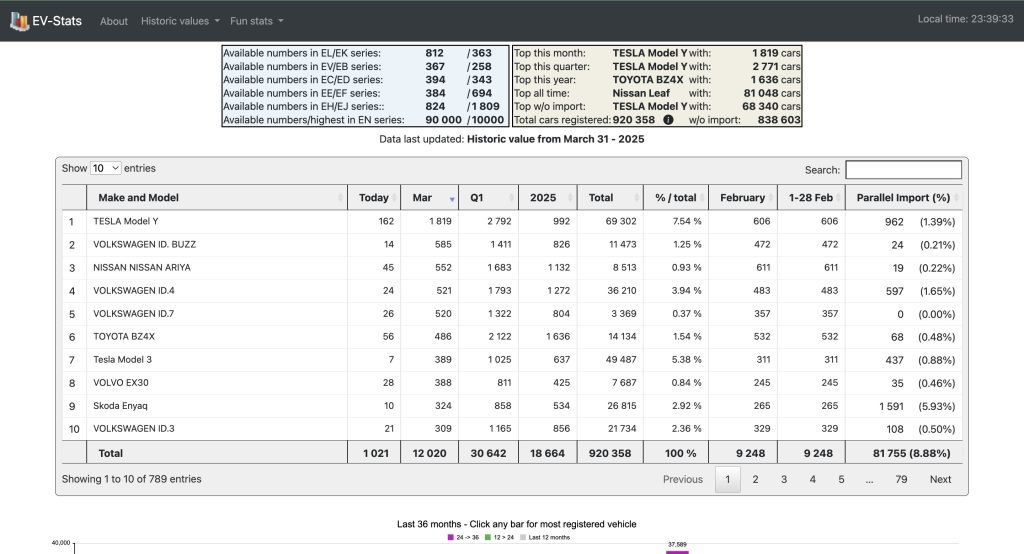
Tesla in Other European Markets
Tesla’s results in Europe during the first quarter were a mixed bag. In Germany alone, Tesla saw 4,935 vehicles sold in Q1 2025. As per the German road traffic agency KBA, Tesla’s sales in March dropped 42.5% to 2,229 units year-over-year. This was despite overall EV registrations rising 35.3% during the month.
In Italy, new vehicle registrations rebounded 51% in March from the previous year to 2,217 units, as per data from the Transport Ministry. This is still quite impressive considering that Tesla has become a very polarizing carmaker in Europe, thanks in no small part to CEO Elon Musk’s politics and close relation to U.S. President Donald Trump.
-
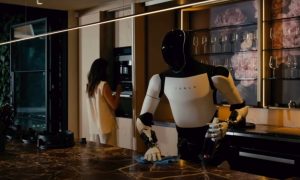
 News2 weeks ago
News2 weeks agoTesla aiming to produce first “legion” of Optimus robots this 2025
-
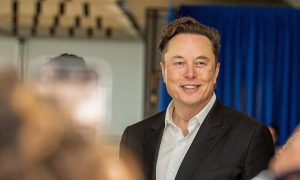
 Elon Musk1 week ago
Elon Musk1 week agoTesla CEO Elon Musk’s simple message to vandals
-
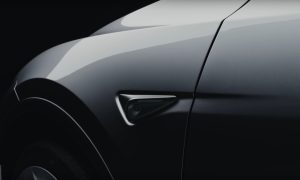
 Elon Musk2 weeks ago
Elon Musk2 weeks agoElon Musk confirms two measures Tesla is taking to fight vandalism
-
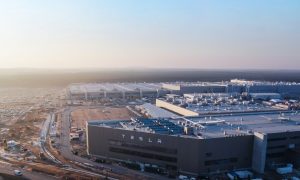
 News2 weeks ago
News2 weeks agoTesla’s Giga Berlin director responds to anti-Musk criticism
-
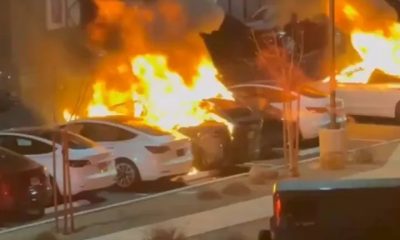
 Elon Musk1 week ago
Elon Musk1 week agoTesla vandal who lit Las Vegas repair center on fire arrested
-

 Elon Musk1 week ago
Elon Musk1 week agoElon Musk clarifies Trump tariff effect on Tesla: “The cost impact is not trivial”
-
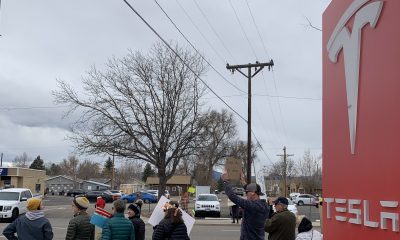
 Elon Musk1 week ago
Elon Musk1 week agoTesla vehicles hit by ATV, suspect caught by Sentry Mode
-
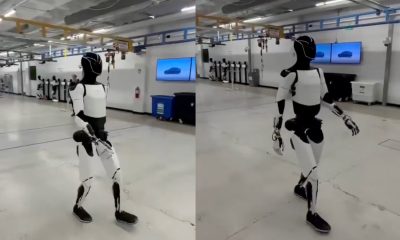
 News2 days ago
News2 days agoTesla shares Optimus’ improved walk in new update video
